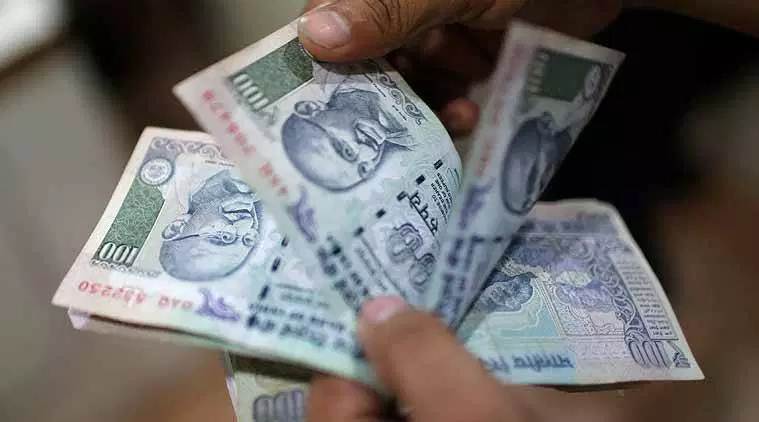Mirroring the deepening slowdown in the economy, commercial lending exposure in the country has declined 2.6 per cent, or Rs 1,70,000 crore, to Rs 63.8 lakh crore in the June quarter of 2019-20 from Rs 65.5 lakh crore in March 2019, said a TransUnion CIBIL- SIDBI study.
Despite several rate cuts by the RBI, micro, small and medium enterprises (MSMEs) have recorded a slide in credit exposure. “Entities having less than Rs 25 crore credit exposure have reported a lower credit growth rate of 12 per cent in the year ended June 2019 as against a growth rate of 23.1 per cent last year. Very small segment (less than Rs 10 lakh exposure) have registered a credit growth of only 11.3 per cent in June as against a growth rate of 26.2 per cent last year,” says the study.
Of the Rs 63.8-lakh crore commercial lending exposure, micro and SME segments account for Rs 15.7 lakh crore exposure (24.5 per cent of commercial credit outstanding). While mid-industry segment (Rs 25 crore to Rs 100 crore) has grown just by 3.6 per cent, large industry (Rs 100 crore plus) segment has shown a reasonable growth of 10.8 per cent. According to the study, a marginal deterioration in asset quality was also observed with the non-performing asset (NPA) rate surging to 16.1 per cent in June 2019 from 15.5 per cent in March 2019.
“There is no gainsaying the fact that credit to the commercial sector and MSMEs, in particular, has been impacted over the past nine months,” the Cibil-Sidbi study said. Even though some of the slowdown is attributable to the ongoing economic slowdown, there is no denying the fact that the issues in the NBFC sector regarding funding and liquidity challenges have had a significant deleterious impact on the over flow of funding, it said.
“We would expect the situation to improve gradually on the back of the various policy announcements by the RBI and the government as well as the expected cyclical pickup in economic growth,” the Cibil-Sidbi study said. Last week, a Reserve Bank data showed the non-food credit growth in the fortnight ended September 27, 2019 slowed to as low as 8.7 per cent year-on-year to Rs 97.11 lakh crore. During the comparable fortnight a year ago, non-food credit — or loans to individuals and companies — was up 12.6 per cent to Rs 89.3 lakh crore.
Within the MSME segment, the NPA rates are higher for larger size exposures. The exception to this trend is the very small segment which has a higher NPA rate of 11.6 per cent in June 2019. The larger SME segment also showed a higher NPA rate of 14.4 per cent. With the financial sector reeling under liquidity crunch and defaults, credit outstandings of NBFCs which contribute over 10 per cent of the total commercial credit in India, have declined during the six-month period ended June 2019. NBFC NPAs have surged from 4.7 per cent to 5.9 per cent of advances for all commercial entities in the last 6 months, it said.
After an explosive growth in the last two years, NBFC credit outstanding has dropped one per cent in the six-month period ended June 2019, the study said,. “In the earlier year, credit growth between December 2017 and June 2018 was 17.9 per cent for the 6-months period,” it said. NBFCs reported credit growth of 20.4 per cent in December 2018. NBFCs’ market share also declined from 13.7 per cent to 12.6 per cent in the six months ended June 2019.
“The last 6 months comparison of credit and gross NPA trends for NBFCs show that NBFC loan growth is in negative zone, while gross NPA continue to grow in similar ratio. This is leading to a surge in NPA rate in the last 6 months from 4.7 per cent to 5.9 per cent for all commercial entities,” the Cibil-Sidbi study said.
Published On : 17-10-2019
Source : The Indian Express

